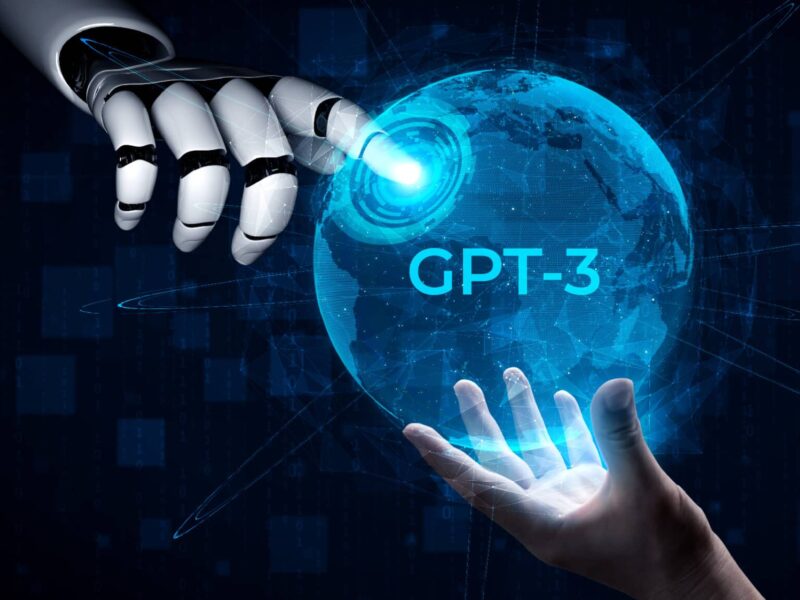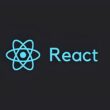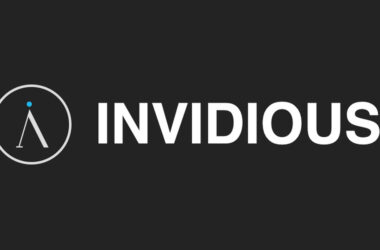In the ever-evolving landscape of natural language processing (NLP), GPT3 (Generative Pre-trained Transformer 3), developed by OpenAI, has undoubtedly been a game-changer. It’s hailed as a marvel of artificial intelligence, capable of generating remarkably human-like text. However, as with any technology, there comes a time when you seek GPT3 alternatives, and this article aims to be your compass in that quest.
Unveiling GPT-3: Features and Limitations

Features that Dazzle
GPT-3 is renowned for its remarkable capabilities, including:
- Natural Language Generation: GPT-3 excels at generating coherent and contextually relevant text across various domains. Whether it’s crafting compelling articles, chatbots, or creative fiction, GPT-3 has demonstrated its proficiency.
- Multilingual Aptitude: Its multilingual prowess makes it accessible to users around the globe. From English to Spanish, Chinese to Arabic, GPT-3 can navigate the complexities of multiple languages.
- Adaptability: GPT-3 can be fine-tuned for specific tasks, making it versatile for diverse applications. Businesses and developers can customize it to suit their unique needs, from content generation to language translation.
- Text Summarization: It can summarize lengthy documents into concise, informative snippets. This ability streamlines the extraction of key information from lengthy texts, aiding in content curation and information retrieval.
The Gaps in GPT-3
However, GPT-3 isn’t without its limitations:
- Lack of Common Sense: While it can generate text fluently, it often lacks real-world understanding and common-sense reasoning. For instance, it might struggle with contextual nuances that humans grasp effortlessly.
- Biased Outputs: GPT-3 has shown susceptibility to generating biased or controversial content. This limitation has raised concerns regarding its suitability for applications that require fairness and impartiality.
- Costly Resource Consumption: Training and using GPT-3 can be resource-intensive, limiting accessibility, particularly for smaller businesses and independent developers.
- Noisy Outputs: It occasionally produces incorrect or nonsensical responses. Users may encounter answers that, while coherent, are factually inaccurate.
Why the Quest for GPT3 Alternatives?
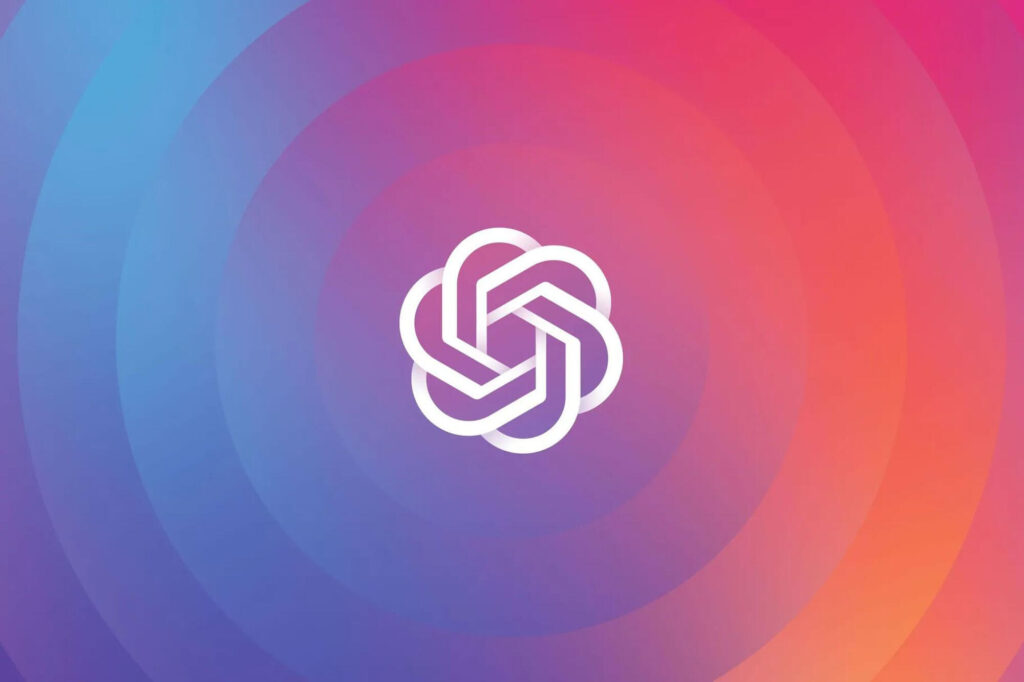
The quest for GPT3 alternatives is fueled by several factors:
1. Diversity of Use Cases
GPT-3 might not be the best fit for every NLP application. Depending on your specific requirements, exploring GPT3 alternatives can yield more suitable options. For instance, if you need a model that excels in medical text generation, a specialized GPT3 alternative might be a better choice.
2. Cost Efficiency
GPT-3’s resource-intensive nature can lead to soaring costs, especially for smaller businesses or startups with budget constraints. GPT3 alternatives might offer a more cost-effective solution, allowing you to achieve your NLP goals without breaking the bank.
3. Addressing Bias
In an era where ethical AI is paramount, the ability to mitigate bias is a critical consideration. If your project demands a vigilant approach toward bias mitigation, GPT3 alternative models with improved fairness might be preferable.
4. Niche Specialization
For niche domains or languages, GPT3 alternatives might offer better performance, catering specifically to your needs. Whether it’s legal text generation or sentiment analysis in a particular dialect, specialized GPT3 alternatives can be more accurate and reliable.
Commonly Used GPT3 Alternatives For Diverse Applications

Now, let’s dive into a comprehensive list of Commonly Used GPT3 Alternatives:
1. GPT-4
Building on GPT-3’s success, GPT-4 brings enhanced capabilities and reduced limitations, making it a worthy successor. Its improvements in understanding context and addressing bias make it an attractive option. GPT-4’s training data has been enriched with a broader array of real-world knowledge, allowing it to provide more accurate and context-aware responses. This makes it particularly well-suited for applications where comprehensive understanding is paramount, such as complex content generation and context-dependent chatbots.
2. BERT (Bidirectional Encoder Representations from Transformers)
Renowned for contextual understanding, BERT excels in tasks requiring deep comprehension. Its bidirectional approach to language modeling makes it a powerful choice for applications like sentiment analysis and question answering. BERT’s strength lies in its ability to grasp the nuances of context, allowing it to excel in applications where context is crucial. Whether you’re analyzing customer sentiment in product reviews or answering intricate questions, BERT’s deep comprehension is a valuable asset.
3. XLNet
The generalized autoregressive pretraining model, XLNet, stands out for its strong performance across a wide range of NLP tasks. Its ability to handle long-range dependencies and maintain coherence in generated text makes it a top contender. XLNet’s unique autoregressive formulation enables it to capture complex relationships between words in a sentence, making it particularly effective in tasks like text generation and document summarization. Its exceptional performance on benchmark datasets demonstrates its versatility.
4. T5 (Text-to-Text Transfer Transformer)
T5 simplifies NLP tasks by framing them as text-to-text problems, resulting in streamlined solutions. It’s particularly effective in tasks like translation, summarization, and document classification. T5’s innovative approach of converting all NLP tasks into a consistent text-to-text format allows it to excel in a wide range of applications. Whether you need to translate between languages, generate concise summaries of lengthy documents, or classify text documents, T5’s versatility is a valuable asset.
5. RoBERTa
A BERT variant, RoBERTa offers improved performance through modifications in the pretraining process. Its robustness in handling various languages and tasks makes it a versatile choice. RoBERTa’s rigorous pretraining process, involving larger text corpora and longer training times, results in superior language understanding. It’s an excellent choice for applications that demand a high level of linguistic sophistication, such as language translation and sentiment analysis in multiple languages.
6. ERNIE (Enhanced Representation through Knowledge Integration)
ERNIE integrates web knowledge for enriched language understanding. This integration allows it to excel in tasks that require external knowledge, such as fact-based question answering. ERNIE’s ability to harness external knowledge sources, such as knowledge graphs and web data, enhances its performance in applications where factual accuracy and knowledge integration are paramount. It’s a powerful tool for tasks like providing detailed answers to user queries or generating content based on a wide range of factual information.
7. CTRL (Conditional Transformer Language Model)
CTRL’s adaptability shines when conditioned on specific tasks or domains. It’s a valuable choice for projects that demand fine-tuned control over generated text. CTRL’s unique conditional generation approach makes it highly adaptable to specific task requirements. Whether you’re developing chatbots tailored to specific industries, generating code snippets, or creating content for niche markets, CTRL empowers you with precise control over the generated output.
8. ALBERT (A Lite BERT)
ALBERT balances efficiency and performance, making it an ideal choice for resource-conscious projects. Its compact size and competitive accuracy make it a practical GPT3 alternative. ALBERT’s model compression techniques result in a smaller model size without compromising performance. This efficiency is particularly advantageous in resource-constrained environments, such as mobile applications or real-time chatbots. ALBERT’s ability to deliver accurate results with reduced computational requirements makes it a cost-effective solution.
9. ELECTRA
ELECTRA’s innovative training methodology results in faster training and competitive performance. Its efficient model architecture makes it suitable for large-scale applications. ELECTRA’s unique training approach, where it discriminates between generated and real text, accelerates the training process while maintaining high performance. This efficiency is valuable in applications that require rapid model development and deployment at scale. Whether you’re building recommendation systems or content generation platforms, ELECTRA’s speed and accuracy are assets to consider.
10. DistilBERT
A distilled BERT variant, DistilBERT offers a smaller footprint while maintaining performance. It’s an excellent choice when resource efficiency is a priority. DistilBERT’s model distillation techniques result in a more compact model size without significant loss in accuracy. This makes it an attractive choice for applications with limited computational resources, such as mobile apps or edge devices. DistilBERT’s ability to deliver quality results with reduced resource consumption can lead to cost savings and improved efficiency.
11. CamemBERT
Tailored for the French language, CamemBERT delivers excellence in French NLP tasks. It’s a go-to choice for projects requiring French text generation or understanding. CamemBERT’s specialization in the French language sets it apart in the world of multilingual NLP. It’s a valuable asset for businesses and researchers working with French-speaking audiences, offering superior performance in tasks like translation, sentiment analysis, and content generation.
12. XLM-R (Cross-lingual Language Model – RoBERTa)
For multilingual applications, XLM-R’s cross-lingual capabilities are unmatched. It’s a valuable asset when your project spans multiple languages. XLM-R’s ability to understand and generate text in multiple languages makes it an invaluable tool for global applications. Whether you’re developing multilingual chatbots, content translation platforms, or sentiment analysis tools for diverse markets, XLM-R’s cross-lingual versatility simplifies the complexities of handling multiple languages.
13. ERNIE 2.0
With knowledge graph integration and large-scale corpus pretraining, ERNIE 2.0 is a powerhouse in language understanding. Its ability to leverage external knowledge sources sets it apart in tasks involving factual accuracy. ERNIE 2.0’s integration of knowledge graphs and extensive pretraining on a large-scale corpus enhances its understanding of context and factual information. It’s an ideal choice for applications where accurate and knowledge-enriched text generation is essential, such as educational content creation or question-answering in specialized fields.
Factors To Consider While Choosing The Perfect GPT3 Alternative
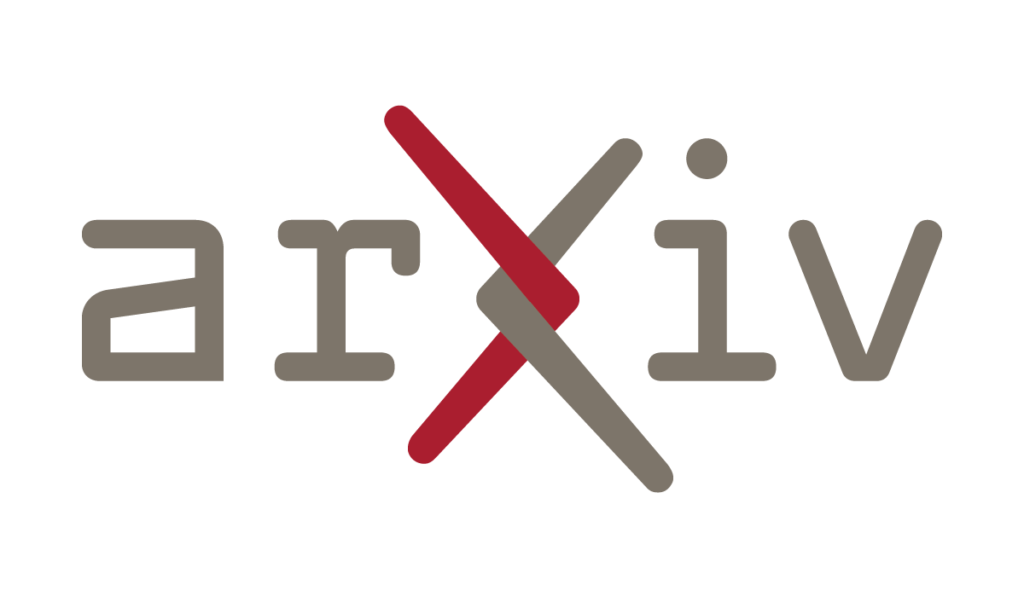
1. Task-specific Requirements
Evaluate your project’s unique needs. Some GPT3 alternatives may excel in certain domains or tasks, while others offer broader applicability. For example, if your project primarily involves sentiment analysis, BERT’s contextual understanding might be the ideal choice.
2. Resource Efficiency
Consider the computational resources required. Opt for models that align with your budget and infrastructure. If you’re running a resource-intensive application, ALBERT’s efficiency might be the key to cost savings.
3. Bias Mitigation
If bias is a concern, explore GPT3 alternative models that have implemented robust fairness measures. GPT-4’s improved bias handling might be crucial for projects requiring ethical AI.
4. Language Support
For multilingual applications, prioritize GPT3 alternative models with strong support for the languages you require. XLM-R’s cross-lingual capabilities can facilitate seamless language processing across diverse regions.
5. Community and Support
Consider the availability of community support, pre-trained models, and documentation to facilitate your project’s development. Established models like BERT often come with extensive resources and a supportive community.
Conclusion
In the dynamic landscape of NLP, GPT-3 is undoubtedly a trailblazer, but it’s not the only star in the sky. Exploring GPT3 alternatives offers the opportunity to fine-tune your NLP endeavors to perfection. Whether it’s GPT-4’s enhanced capabilities, BERT’s contextual prowess, or the niche specialization of other models, the world of NLP awaits your exploration. Choose wisely, and let your projects thrive with the power of advanced language models.




